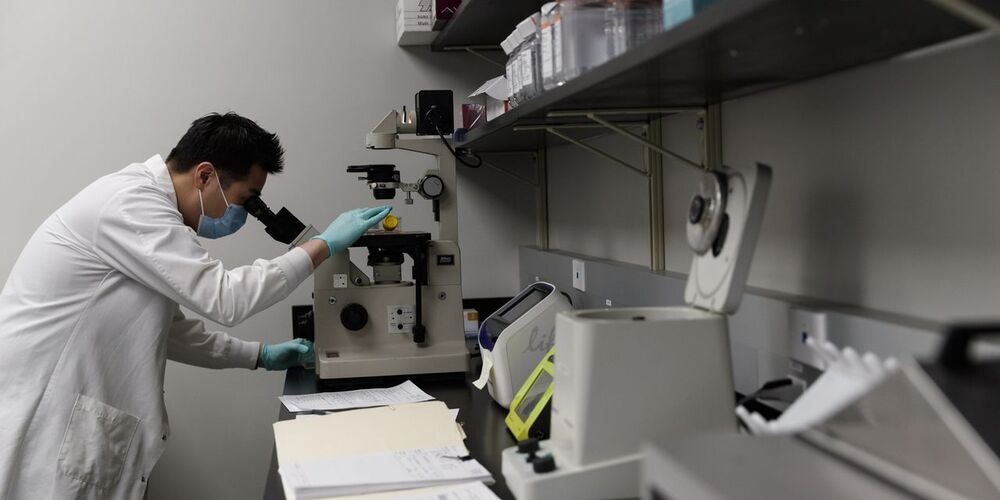
A dynamo mechanism could explain the incredibly strong magnetic fields in white dwarf stars according to an international team of scientists, including a University of Warwick astronomer.
One of the most striking phenomena in astrophysics is the presence of magnetic fields. Like the Earth, stars and stellar remnants such as white dwarfs have one. It is known that the magnetic fields of white dwarfs can be a million times stronger than that of the Earth. However, their origin has been a mystery since the discovery of the first magnetic white dwarf in the 1970s. Several theories have been proposed, but none of them has been able to explain the different occurrence rates of magnetic white dwarfs, both as individual stars and in different binary star environments.
This uncertainty may be resolved thanks to research by an international team of astrophysicists, including Professor Boris Gänsicke from the University of Warwick and led by Professor Dr. Matthias Schreiber from Núcleo Milenio de Formación Planetaria at Universidad Santa María in Chile. The team showed that a dynamo mechanism similar to the one that generates magnetic fields on Earth and other planets can work in white dwarfs, and produce much stronger fields. This research, part-funded by the Science and Technology Facilities Council (STFC) and the Leverhulme Trust, has been published in the prestigious scientific journal Nature Astronomy.









